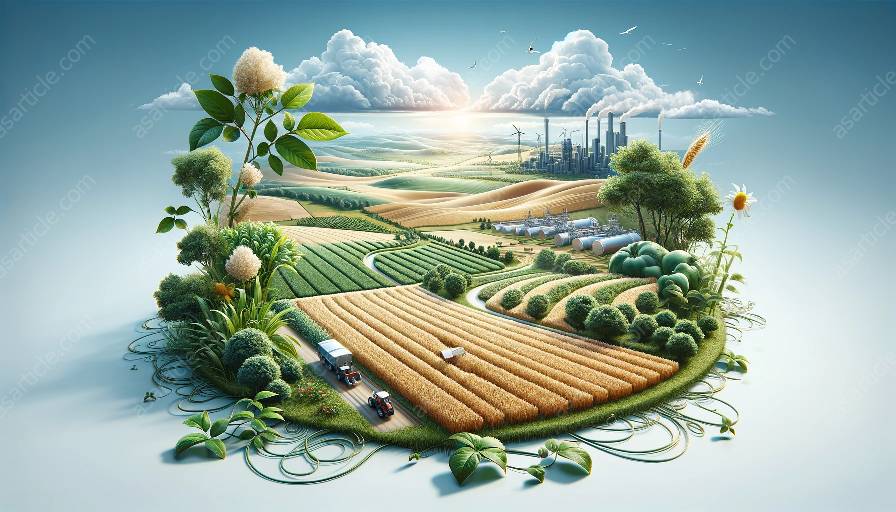Introduction
Seed banks play a crucial role in the conservation of agricultural biodiversity by preserving diverse crop varieties. They are essential to agricultural sciences and sustainability, ensuring the availability of genetic resources for future generations.
The Importance of Seed Banks
Seed banks serve as repositories of seeds from a wide range of plant species, including crops with unique traits and genetic diversity. Their role in crop conservation is vital to safeguarding against the loss of important agricultural traits and ensuring food security in the face of environmental challenges.
Preserving Genetic Diversity
Seed banks protect unique genetic materials of crops, helping to maintain and enhance biodiversity within agricultural ecosystems. This diversity is essential for developing resilient crop varieties capable of adapting to changing climate conditions and pest pressures.
Contributions to Agricultural Biodiversity
By conserving a wide range of crop varieties, seed banks contribute to the overall agricultural biodiversity. This effort is crucial for sustaining ecosystems, maintaining soil fertility, and supporting the natural processes essential for successful crop production.
Technological Advances in Seed Banking
Advancements in agricultural sciences have revolutionized seed banking methods, allowing for better long-term preservation and storage of seeds. Technologies such as cryopreservation and seed drying techniques have enhanced the viability and longevity of stored seeds, ensuring their availability for future use.
Seed Banks and Sustainable Agriculture
Seed banks play a pivotal role in promoting sustainable agricultural practices by conserving diverse crop varieties. This sustainable approach supports resilient farming systems that are less vulnerable to external threats, promoting long-term food security and environmental conservation.
Challenges and Future Prospects
Despite the benefits of seed banks, challenges such as funding, capacity building, and reaching out to underserved regions persist. However, future prospects include leveraging technology and collaborations to address these challenges and expand the impact of seed banks in preserving agricultural biodiversity.
Conclusion
Seed banks are integral to the preservation of crop diversity, playing a vital role in agricultural sciences and sustainability. By safeguarding genetic resources, they contribute to the conservation of agricultural biodiversity, essential for addressing global food security and environmental challenges.

